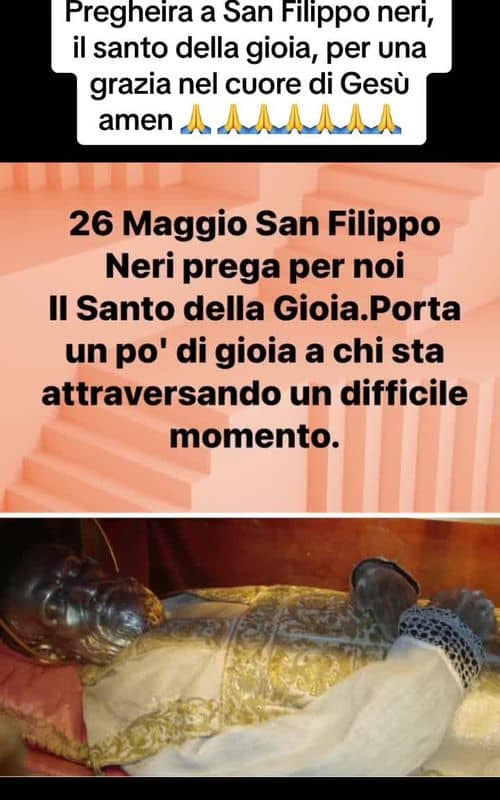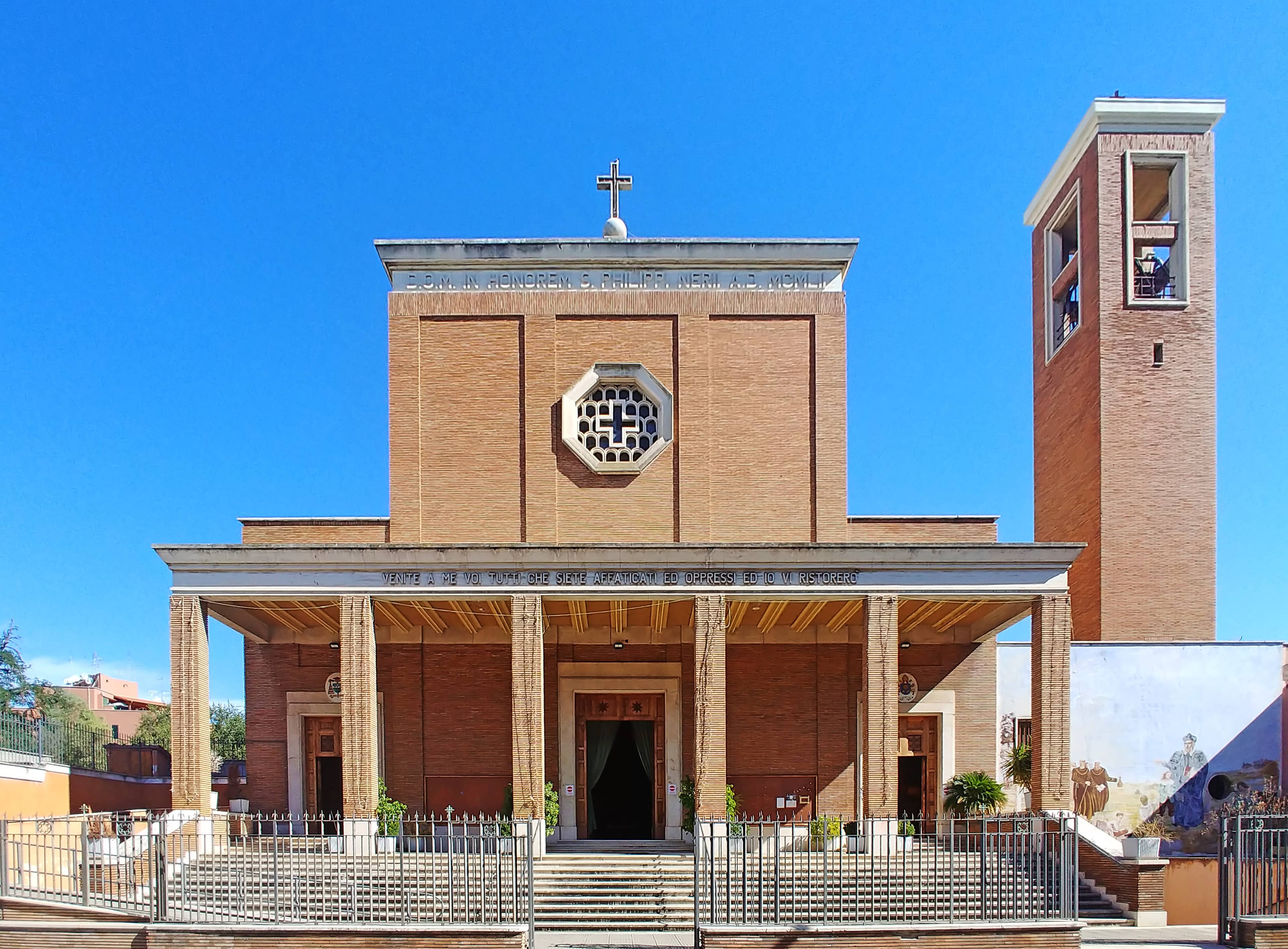San Filippo Neri Church
A stunning late-Baroque facade on Via Giulia, Rome, a testament to architectural beauty and historical resilience.
Highlights
Must-see attractions

Social
From TikTok & Reddit
Best Time
Best light for facade viewing
San Filippo Neri Church
Best Time
Best light for facade viewing
Highlights
Must-see attractions
A stunning late-Baroque facade on Via Giulia, Rome, a testament to architectural beauty and historical resilience.
"The spectacular late-Baroque facade is worth a glance, a preserved piece of Roman history."
Admire the Facade
The church is deconsecrated, so focus on its stunning late-Baroque facade. :camerawithflash:
Via Giulia Stroll
Incorporate a visit while walking along the historic Via Giulia. :walking:
Highlights
Discover the most iconic attractions and experiences
Late-Baroque Facade
Via Giulia, Rome
A spectacular, restored facade blending Baroque and Neoclassical styles, a testament to architectural innovation.

Historical Significance
Via Giulia, Rome
Once a place of worship, now a preserved piece of Roman history, narrowly saved from demolition.
Plans like a pro.
Thinks like you
Planning Your Visit
Access & Current Status
Admire the Facade
Best Times
Insider Tips
from TikTok, Instagram & Reddit
Admire the Facade
The church is deconsecrated, so focus on its stunning late-Baroque facade. :camerawithflash:
Via Giulia Stroll
Incorporate a visit while walking along the historic Via Giulia. :walking:
Check for Exhibitions
The interior may host private events or exhibitions; check local listings. :informationdeskperson:
Tips
from all over the internet
Admire the Facade
The church is deconsecrated, so focus on its stunning late-Baroque facade. :camerawithflash:
Via Giulia Stroll
Incorporate a visit while walking along the historic Via Giulia. :walking:
Check for Exhibitions
The interior may host private events or exhibitions; check local listings. :informationdeskperson:
What Travellers Say
Reviews Summary
Visitors note that the San Filippo Neri Church is deconsecrated and not open for regular visits, with only the spectacular late-Baroque facade accessible. While some express disappointment about the lack of interior access, others appreciate the facade's beauty and the church's historical significance as a preserved piece of Rome.
"I was really looking forward to visiting this temple, where a great saint worked. The exterior has been preserved, but inside you will only find a gallery with very strange paintings. I am sorry that such a place has disappeared. Thank you Filipo for your legacy in the world."
Dalibor Zedek
"This church is deconsecrated and so cannot be visited, but the spectacular late-Baroque façade is worth a glance. It was designed by Giovanni Francesco Fiori in 1768.
The hole in the cityscape about here was created on the orders of Mussolini in 1940, for a road that was never built. Rome is the one city in Europe which the Second World War actually saved from destruction."
Vasili Timonen
"Bella💖"
Monica Ruiz
What People Like
What People Dislike
Frequently Asked Questions
🚇 🗺️ Getting There
The San Filippo Neri Church is located on Corso Umberto in central Lodi, Lombardy, Italy. It's accessible by public transport within Lodi. For those in Rome, the church mentioned in reviews is on Via Giulia. You can reach Via Giulia by bus or taxi from central Rome. :bus: :taxi:
Yes, it's situated on the historic Via Giulia, a well-known street in central Rome. Look for its distinctive late-Baroque facade. :map:
🎫 🎫 Tickets & Entry
No, the church is largely deconsecrated and not open for regular public visits. The interior is often used as a private exhibition space. :noentrysign:
Since the church is not open for regular visits, there is no entrance fee. You can admire the facade from the street. :moneywithwings:
As it's deconsecrated, there are no official opening hours for visitors to enter. The facade can be viewed at any time from the street. :clock1:
🎫 🏛️ Onsite Experience
The main attraction is the spectacular, restored late-Baroque facade. While the interior is inaccessible, the exterior architecture is highly praised. :statueofliberty:
Absolutely! The facade is a significant architectural piece and a key part of the Via Giulia's charm. It's a quick but rewarding stop. :star:
It features a late-Baroque style, with elements of Neoclassical design, particularly in its facade. :building_construction:
Built around 1600 and rebuilt in the 18th century, it was narrowly saved from demolition by Mussolini. It was later restored and privatized. :scroll:
📸 📸 Photography
The best photos are taken directly in front of the facade on Via Giulia. Consider different angles to capture its grandeur. :camerawithflash:
Photography of the exterior facade is generally permitted as it's a public street view. :iphone:
For Different Travelers
Tailored advice for your travel style
Architecture Enthusiasts
Take time to appreciate the blend of styles and the historical context of its design and preservation. It's a quick but impactful stop for anyone exploring Rome's architectural heritage.
History Buffs
Learn about its near-miss with Mussolini's urban plans and its transformation from a place of worship to a privatized space. The facade itself tells a story of architectural trends and resilience.
Deep Dives
In-depth insights and expert knowledge
The Architectural Marvel: Facade of San Filippo Neri
Despite its current inaccessibility, the facade has undergone significant restoration, ensuring its preservation for future generations. Its unique design, which was innovative for its time, makes it a standout feature along the historic Via Giulia. Travelers often remark on its beauty and the intricate details that can be observed even from the street.
It's important to note that the church's interior was famously inclined about twenty degrees from the axis of the facade, a peculiar architectural choice that adds to its historical intrigue, though this is not visible from the exterior.
A Church's Journey: History and Preservation
Remarkably, the church was narrowly spared demolition in the 1930s on the orders of Mussolini, who intended to build a road that was never constructed. This act, ironically, saved a piece of Rome's architectural heritage. Following its near-destruction and subsequent neglect, the church underwent a complete restoration in 2000, leading to its privatization and current status as a space that is not open for regular religious services.
This journey from a functioning church to a preserved historical monument highlights the changing urban landscape of Rome and the efforts made to safeguard its past. While the spiritual function has ceased, its architectural and historical value remains immense.






Social
from TikTok, Instagram & Reddit